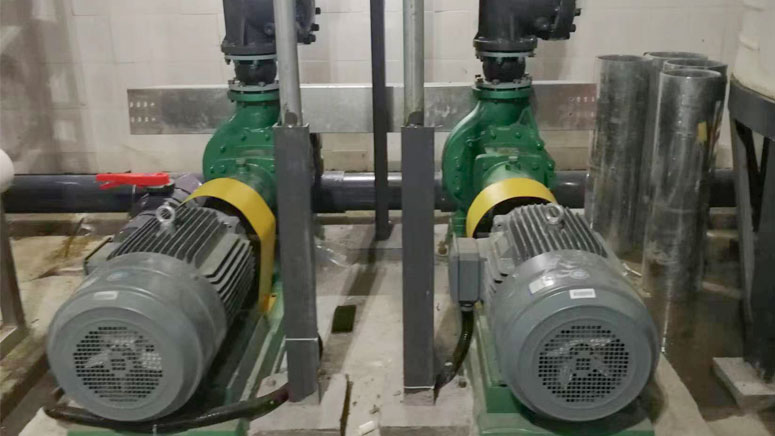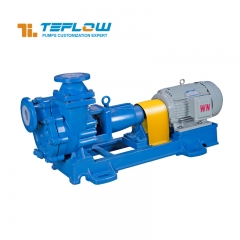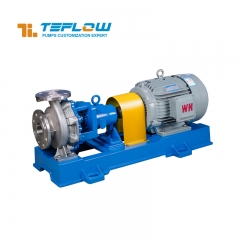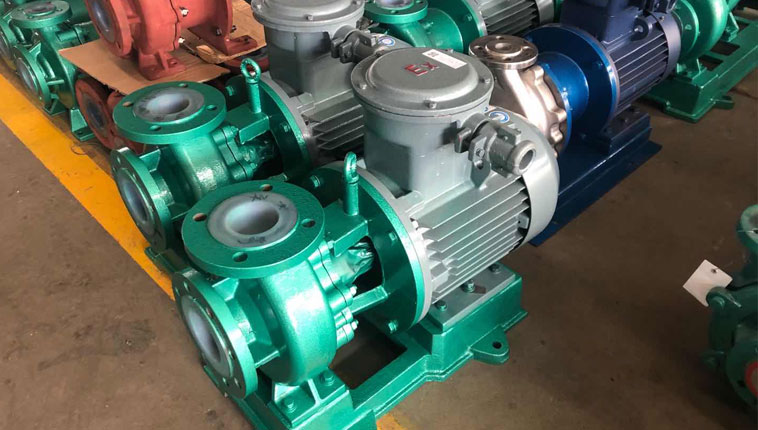In the chemical production process, there has always been a discussion about whether check valves are necessary in chemical pump pipelines. This article explores this question, analyzing from practical application needs to determine under what circumstances installing check valves might be a suitable choice.
1. Pump Operating Principles:
Firstly, it is essential to understand the operating principles of chemical pumps. Chemical pumps are commonly used for liquid transportation, and their characteristics may result in liquid backflow when the pump stops. In such cases, the role of a check valve is to prevent backflow and maintain the direction of liquid flow within the pipeline.
2. System Design Requirements:
The decision to install check valves in chemical pump pipelines depends on specific system design requirements. In certain systems, particularly those demanding unidirectional fluid flow, installing check valves effectively prevents backflow, ensuring the normal operation of the system.

3. Preventing Backflow After Pump Shutdown:
In systems where pumps frequently start and stop, the role of check valves becomes crucial. When the pump stops, check valves prevent liquid in the pipeline from flowing back into the pump, helping to reduce the load on the pump during startup.
4. Avoiding System Water Hammer:
In some instances, water hammer phenomena, caused by abrupt liquid stoppage, may occur in the system. Properly installed check valves can help mitigate the impact of water hammer, maintaining system stability.
5. Specific Application Scenarios:
In specific application scenarios where ensuring unidirectional fluid flow and preventing backflow are critical, such as in the handling of high-viscosity liquids or situations requiring fluid unaffected by external influences, installing check valves is a common practice.
In summary, the decision to install check valves in chemical pump pipelines depends on specific application needs and system design. Installing check valves becomes an effective means to maintain system stability and normal operation in cases where ensuring unidirectional fluid flow, preventing backflow, and mitigating water hammer effects are necessary. Therefore, system designers and operators should carefully weigh the pros and cons based on specific circumstances, selecting the appropriate configuration.





 +86 18130251359
+86 18130251359 teflowpumps@tlpumps.com
teflowpumps@tlpumps.com











 +86+0563-5093318
+86+0563-5093318
